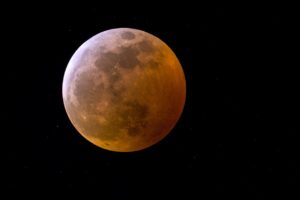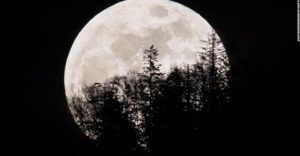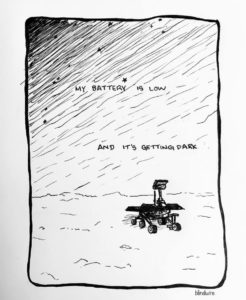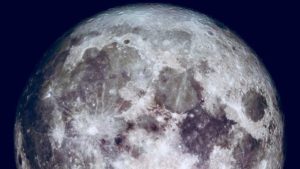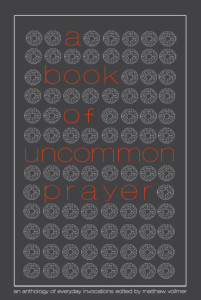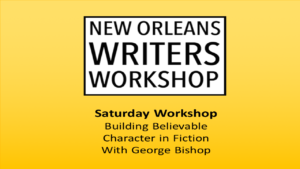You have to watch for it if for no other reason than its great name: a Super Blood Wolf Moon.
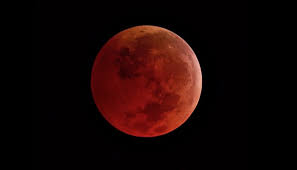
This total lunar eclipse will be visible all across the US this Sunday night. (The next one won’t be until 2021.) Watch for it at midnight on the east coast, 9 pm on the west coast.
It’s called a “Wolf Moon” because that’s the name sometimes given to a full moon in January.
A “Supermoon” because it’ll be at its closest point in its orbit around the Earth this weekend.
And “Blood Moon” because a total lunar eclipse like this will have a coppery-red appearance.
More here from Reuters:
Super Blood Wolf Moon to get Star Billing in Weekend Lunar Eclipse
Barbara Goldberg
Jan. 18, 2019
NEW YORK (Reuters) – Look up into the night sky on Sunday and – if it is clear – you may witness the so-called “Super Blood Wolf Moon” total lunar eclipse, which will take a star turn across the continental United States during prime time for viewing.
The total eclipse, which will begin minutes before midnight on the East Coast (0500 GMT) and just before 9 p.m. in the West, will unfold on the day before Martin Luther King Jr. Day, a national holiday when most Americans have no school or work.
That means even the youngest astronomy buffs may get to stay up late and attend one of many watch parties that have been organized from Florida to Oregon.
The total eclipse will last for about an hour, and the best viewing is from North and South America, according to National Geographic. Partial eclipses leading up to and following the total eclipse mean the entire event will last 3.5 hours.
Total lunar eclipses occur when the moon moves into perfect alignment with the sun and earth, giving it a copper-red or “blood” appearance to those watching from below.
“Amateur astronomy clubs are throwing parties because this is what they live for – to get entire families excited about our place in the universe by seeing the mechanics of the cosmos,” said Andrew Fazekas, spokesman for Astronomers Without Borders.
In Pennsylvania, the York County Astronomical Society has invited the public to peer through its observatory’s telescopes for a close-up look. In Los Angeles, Griffith Observatory said it was anticipating “extremely large crowds,” and its website will live-stream a telescopic view of the eclipse.
Coppery Red Glow
A “super” moon occurs when the moon is especially close to earth, while a “wolf moon” is the traditional name for the full moon of January, when the howling of wolves was a sound that helped define winter, according to The Farmers Almanac.
In a total lunar eclipse, the moon never goes completely dark. Rather, it takes on a reddish glow from refracted light as the heavenly bodies move into position – hence the “blood moon” moniker. The more particulate or pollution in the atmosphere, the redder the moon appears.
“All of the sunrises and sunsets around the world are simultaneously cast onto the surface of the moon,” Fazekas said.
As many as 2.8 billion people may see this weekend’s eclipse from the Western Hemisphere, Europe, West Africa and northernmost Russia, according to Space.com.
While total lunar eclipses are not especially rare, the 2019 version takes place early enough in the evening that it can be enjoyed by U.S. stargazers of all ages, said George Lomaga, a retired astronomy professor from Suffolk County Community College. He plans to attend an eclipse party at Hallock State Park Preserve on New York’s Long Island.
There, astrophotographer Robert Farrell will demonstrate how to use a mobile phone to photograph celestial objects through a telescope so the spectacle can be shared online.
If skies are clear, the phenomenon can be seen with the naked eye and no protection is needed to safely enjoy the view, Griffith Observatory said.
Granted permission to stay up past his 8 p.m. bedtime, Gabriel Houging, 8, of Citrus Heights, California, is already dreaming of what he’ll see.
“It’s going to be a moon, but it’s going to look like you painted it orange!” Houging said.

